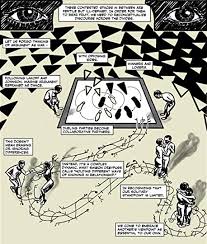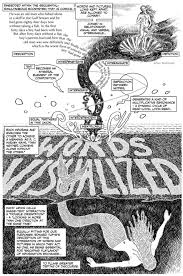Few great cultures have been more self critical than French culture. When revolution swept France in 1789, they even threw out the seven-day per week calendar. They invented the guillotine in 1791 and used it on their king two years later. The French people analyze and criticize all of their long history and celebrate the best of French history.
Last year, I was in Paris on November 11. I walked around as close as I could to the Arc d'Triomphe de l'Etoile. I saw French people from kids to people in their 80s watching the celebration of the victory of the France and their allies in World War I. Napoleon commissioned the Arc in 1806. The design was completed the same year, but it would be three decades later in 1836 before it was completed.
France has a long a long history of fighting wars at great cost in men and money. The French celebrate their two millennia of history. The celebrate the great triumphs in World War I and many of Napoleons battles and other wars going back to the Roman Empire.
The French, much better than America, accept all of their history. I worked for a French petrochemical company in the 1990s. They thought American anguish over President Bill Clinton was amusing. No one in France is surprised when someone with the ego to stand in front of 300 million people and say "Elect me!" turns out to have some flaws.
I am currently reading a biography of Thomas Jefferson along with the Federalist Papers. I plan to read biographies of George Washington and Alexander Hamilton later in the year. The men who founded America were not perfect, but they were great, mostly very young men, who began a nation with liberty for some in the hope of liberty for all some day.
Jefferson wrote that the American colonies should end of slavery in the first draft of the Declaration of Independence in 1776. In 1787, Hamilton wrote the Federalist Papers to persuade New York and New England to unite with the South, knowing it would mean a slavery compromise. They did the best they could in founding a new nation.
We should honor our founders knowing they were not perfect, but strove to bring real equality and freedom into a world of monarchy and despotism.
What they did began a new nation that would lead the free world for much of the 20th Century. Their ideas held until January 6, 2021, when a petulant monster attempted to steal the election and ended the 240-year tradition of a peaceful transfer of power.
Alexis de Tocqueville came to America and wrote a thousand pages about what he saw, praising self-government and the American spirit while unsparing in his criticism of slavery and the way we treated Native Americans. His book was a call for change in France as well as the single greatest book written about America.






































